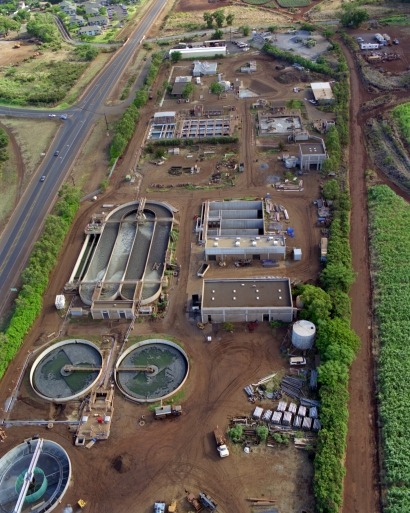
The installations are part of a programme aimed at increasing the amount of renewable energy the utility generates while reducing carbon emissions. The projects are being installed during Climate Week 2014 which seeks to highlight actions being taken by communities and businesses across the UK to protect the environment.
Each of the panels are capable of generating up to 0.2GWh of electricity per year providing 25 percent of the power needed to run the water treatment works, depending on the size of the works in question. Scottish Water already has four ‘self-sufficient’ water treatment works which use hydro turbines in pipes to generate more energy than the works actually use. At present the utility generates 28GWh of the 450GWh of electricity it needs every year. It has ambitions to significantly increase this amount through a variety of renewable technologies including small-scale wind turbines, solar panels and waste to energy technology which recycles food waste.
“Climate Week 2014 highlights the importance of organisations large and small taking action to protect and enhance the environment” said Mark Williams, Head of Environmental Science and Regulation. “In the last seven years Scottish Water has achieved a 10 percent reduction in carbon emissions, despite continuing to improve performance and services. We recognise that, while continuing to deliver excellent and resilient service for customers and protecting Scotland’s natural environment well into the future, we must maintain the pace of improvement through energy efficiency, leakage management and investment in renewables, to play our part in tackling climate change.”
Chris Toop, General Manager for energy, added that Scottish Water has developed its renewables programme in a sustained effort to keep the cost of essential services as low as possible in the long term. The solar panels being installed are expected to be operational in the next three months. At Carron Valley (North Lanarkshire), Blairlinnans (West Dunbartonshire) and Balmore (Glasgow) Water Treatment Works, the panels have been installed on the roof of the buildings, while at Forehill (Peterhead), Mannofield (Aberdeen) and Spey Valley (near Aviemore) they are free-standing, ground-mounted installations that are located within the water treatment works.
For additional information:

